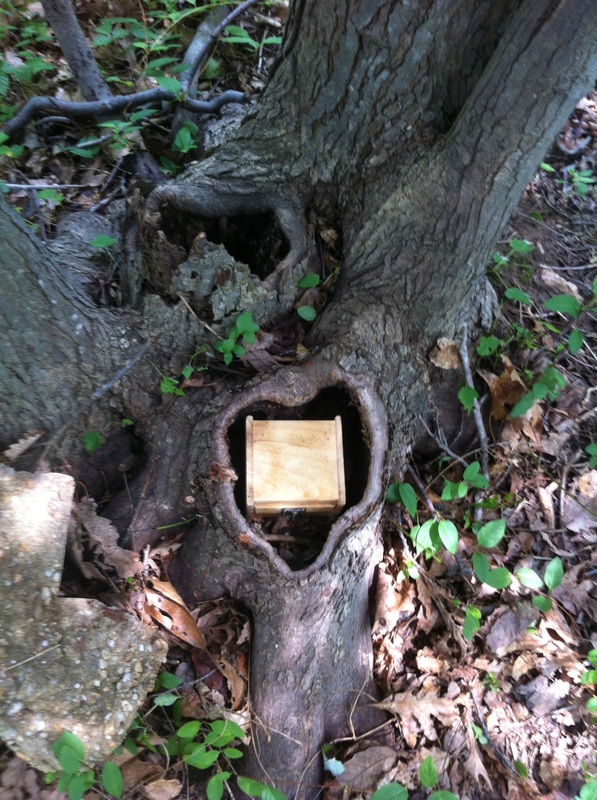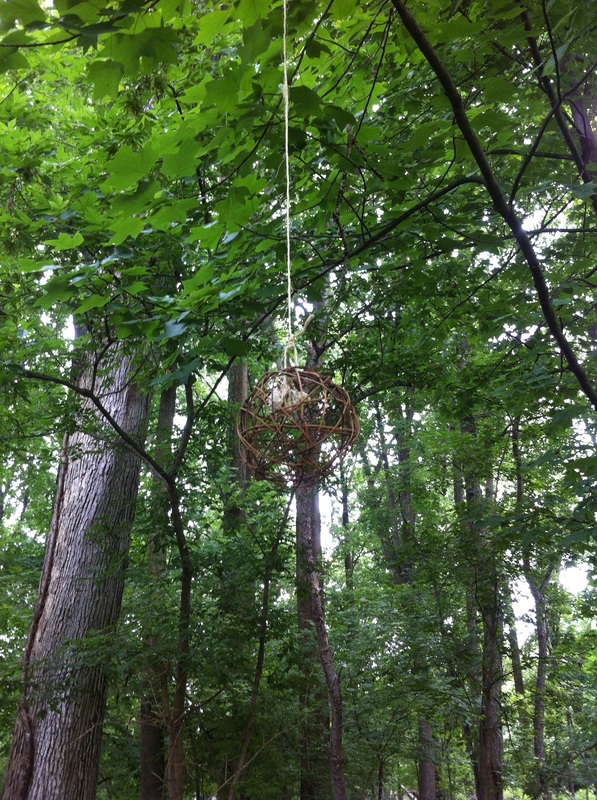Sensory Trails
Many individuals with developmental disabilities, such as Autism Spectrum Disorder, suffer from sensory processing issues. Neurologically, they struggle to take sensory stimuli and create appropriate motor and behavioral responses.
Sensory integration techniques have been designed to teach self-regulation, response habits, and sensory pattern recognition. Educators, caregivers, and advocates for those with developmental disabilities have recently made breakthroughs in the development of sensory rooms, which are rich interior environments for individuals to explore their senses. With proper guidance, these rooms can be used to enhance sensory integration and to teach social and communication skills. They are also used for stress management, emotional regulation, and recreation, and have been incorporated into the psychiatric ward in many hospitals.
The outdoor environment has a naturally vivid sensory palette. As an extension of the sensory room idea, sensory trails can be created that invite interaction with the sights, sounds, smells, and textures of nature. Very simple activities arranged along a hiking trail promote constructive engagement, and do not need to have a high impact on the ecological environment. All of the therapeutic elements of the outdoors will combine with sensory activities to make a sensory trail a uniquely productive and enjoyable experience for someone struggling with sensory regulation.
The pictures below are from a pilot sensory trail created in the backyard of a Silver Spring assisted living residential facility. Future trails will allow more information about the best design and use of sensory trails. Stay tuned!
Sensory integration techniques have been designed to teach self-regulation, response habits, and sensory pattern recognition. Educators, caregivers, and advocates for those with developmental disabilities have recently made breakthroughs in the development of sensory rooms, which are rich interior environments for individuals to explore their senses. With proper guidance, these rooms can be used to enhance sensory integration and to teach social and communication skills. They are also used for stress management, emotional regulation, and recreation, and have been incorporated into the psychiatric ward in many hospitals.
The outdoor environment has a naturally vivid sensory palette. As an extension of the sensory room idea, sensory trails can be created that invite interaction with the sights, sounds, smells, and textures of nature. Very simple activities arranged along a hiking trail promote constructive engagement, and do not need to have a high impact on the ecological environment. All of the therapeutic elements of the outdoors will combine with sensory activities to make a sensory trail a uniquely productive and enjoyable experience for someone struggling with sensory regulation.
The pictures below are from a pilot sensory trail created in the backyard of a Silver Spring assisted living residential facility. Future trails will allow more information about the best design and use of sensory trails. Stay tuned!







